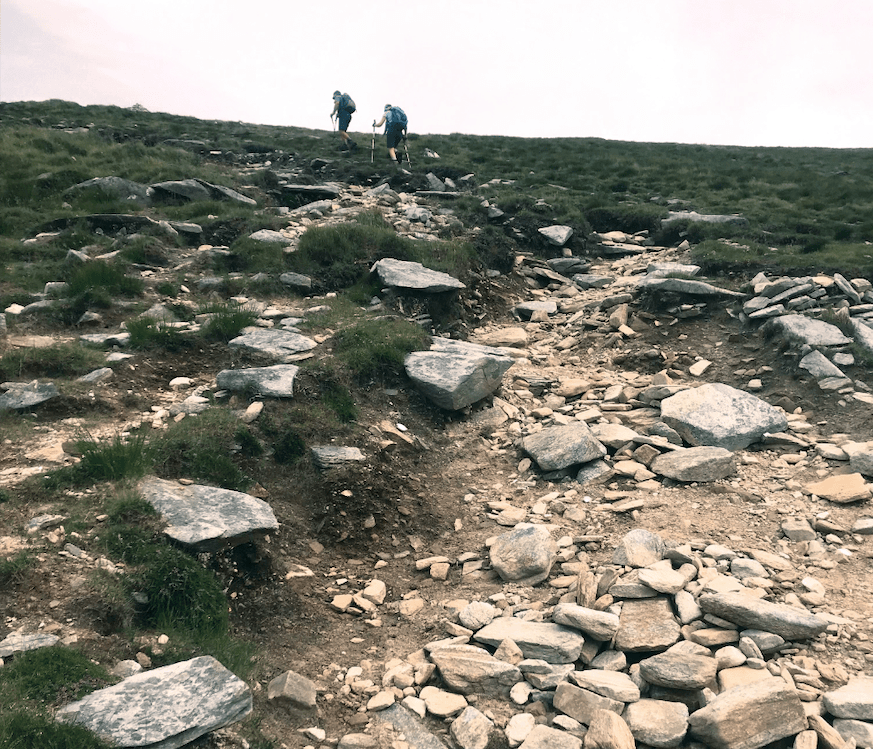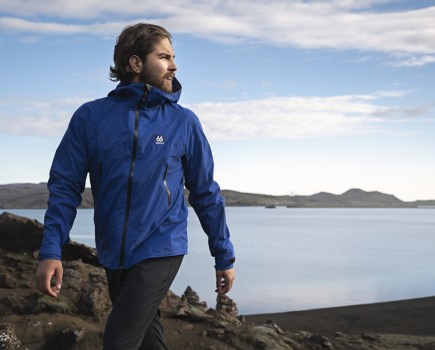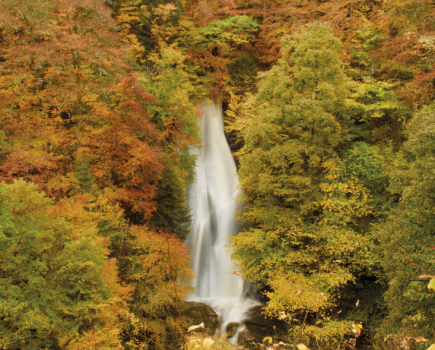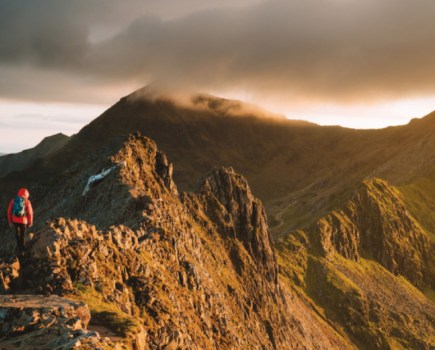With paths across the country degenerating into erosion scars, TGO Challenge organisers Sue Oxley and Ali Ogden ask if we need to think more carefully about the impact of our feet on the landscape.
Across Scotland, many paths are disappearing; old stalker’s trails and drove roads are gradually fading as the world moves on.
Anyone who walks the TGO Challenge, which involves having to cross much remote and scarcely-visited country, will at some point find a path on the map that is faint or non-existent on the ground. We have even heard local residents suggest that some paths would probably have already vanished if it wasn’t for TGO Challengers re-inscribing them with their feet every year – that’s how little it takes to make an impression on the landscape.
Scarring
Yet as some paths disappear, the complete opposite is happening with others. We recently walked up Ben Hope, Scotland’s most northerly Munro. This remote Sutherland mountain is hardly ‘accessible’ by UK standards, with the nearest city two hours’ drive away, but the main path up it is becoming a scar, wide enough for six people to walk abreast in places. People were dodging the loose central rut and walking on the trampled vegetation to the side, potentially exacerbating the damage, but then we wondered – were we doing as much damage by slipping and sliding in the middle?
South of the border, many upland areas like the Lake District, Peak District and Yorkshire Dales have been fighting path erosion for decades, and the most popular routes now have large sections that have been built rather than formed. In more recent times erosion has also affected ‘honeypot’ hills in Scotland, such as Schiehallion or Ben Lomond.
Spread the load
The BMC’s Mend our Mountains initiative has raised very substantial funds for 21 heavily eroded routes across Britain, including the huge scar on Beinn a’Ghlo, visible from the A9. However, less attention has been given by authorities and campaigning organisations as to how to avoid such erosion in the first place. Hiking culture in North America is generally more explicit about this: staying within the width of the trail and not short-cutting trail switchbacks is often a standard part of walking etiquette, and in busy parts of the United States it is closely monitored by rangers – perhaps a bit too closely for our tastes.
With climate change, plastics and carbon footprints to think about, perhaps concern over the effects of our physical footprints has faded into the background. But maybe it is time organisations that care for our wild places to further study the effects of footfall and produced guidance on how to avoid it, rather than focusing purely on how to fix the damage.
In these days of increasing inactivity and obesity, if following a clear path on a beautiful day encourages people to develop a love of the outdoors, we are all for it – but once hill skills have been gained, maybe we should look at ways to spread the load. Guidebooks and websites may leave the impression there is a just one way to climb a mountain but a simple look at the map will often reveal other, more rewarding, options.
Off the beaten track
Should we also ask – could we be somewhere else instead? Whilst popular paths get ever wider there are many less frequented, often historic, paths that are fading into the heather. And there are many pathless expanses to explore – not just in Scotland but in the open access area of England and Wales.
The TGO Challenge encourages this spirit of off-the-beaten track exploration; we first discovered beautiful places like the Monadhliath and Dava Moor, for example, by planning Challenge routes across them. You don’t need someone else’s trip report or a guidebook. Search the map and go explore – you may be surprised at what wonderful places you find!
TGO Challenge 2020 Partners:








